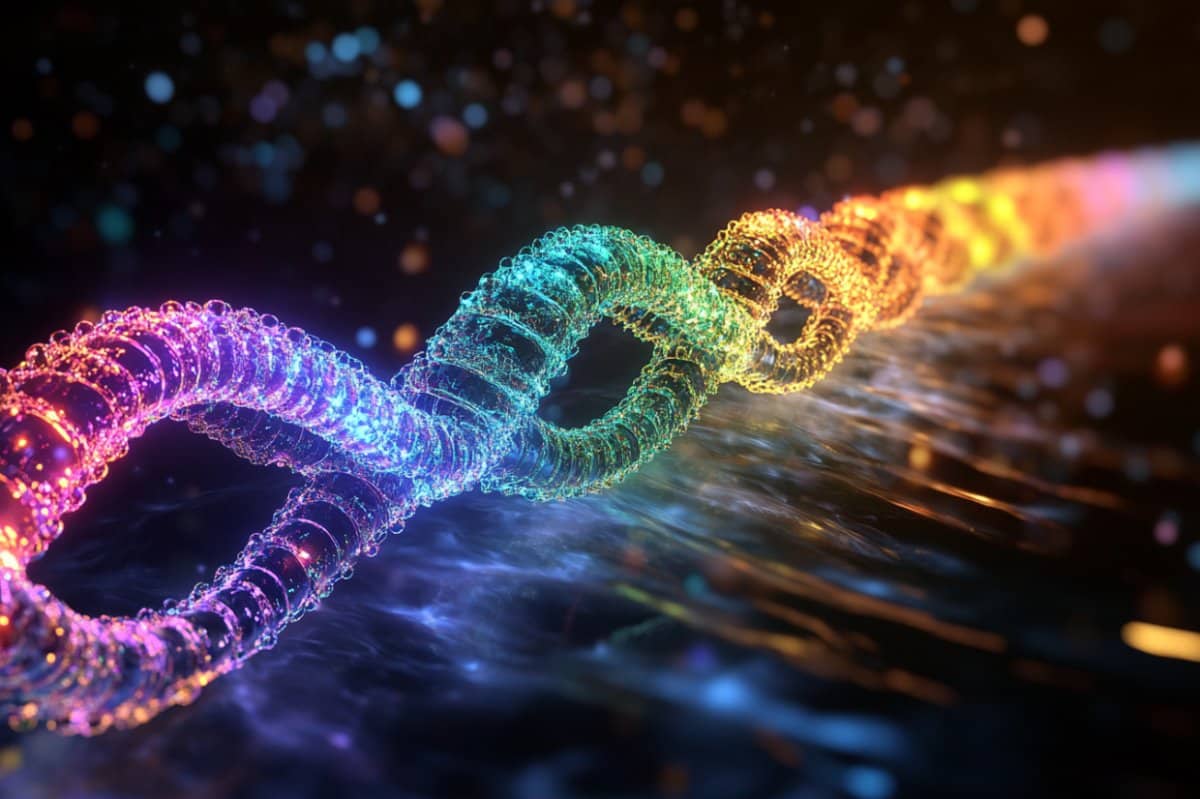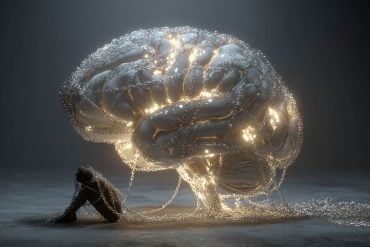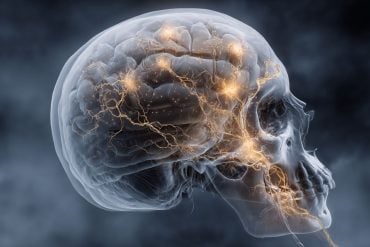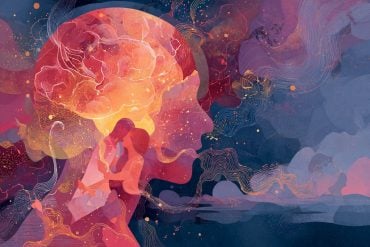Summary: Cells depend on motor proteins like dynein to shuttle materials along microscopic highways, and dysfunction in these proteins can lead to serious neurological disorders. New research captured real-time, high-resolution “movies” of dynein being activated by its partner protein, Lis1, illuminating the step-by-step process.
Scientists observed 16 distinct 3D shapes in the dynein-Lis1 interaction, revealing new insights into how Lis1 unlocks and powers up dynein. These findings could help design targeted treatments for diseases like lissencephaly by restoring proper dynein activity.
Key Facts:
- Dynein Activation: Lis1 initiates dynein’s activity by binding to its motor and stalk, transitioning it from an inactive “Phi” state to an active “Chi” state.
- New Imaging Breakthrough: Time-resolved cryo-electron microscopy captured dynein’s activation in unprecedented detail, revealing 16 structural stages.
- Clinical Implication: Understanding these molecular steps could inform therapeutic strategies for neurodevelopmental disorders linked to dynein or Lis1 dysfunction.
Source: Salk Institute
Our cells rely on microscopic highways and specialized protein vehicles to move everything—from positioning organelles to carting protein instructions to disposing of cellular garbage.
These highways (called microtubules) and vehicles (called motor proteins) are indispensable to cellular function and survival.
The dysfunction of motor proteins and their associated proteins can lead to severe neurodevelopmental and neurodegenerative disorders. For example, the dysfunction of Lis1, a partner protein to the motor protein dynein, can lead to the rare fatal birth defect lissencephaly, or “smooth brain,” for which there is no cure.

But therapeutics that target and restore dynein or Lis1 function could change those dismal outcomes—and developing those therapeutics depends on thoroughly understanding how dynein and Lis1 interact.
New research from the Salk Institute and UC San Diego captured short movies of Lis1 “turning on” dynein. The movies allowed the team to catalogue 16 shapes that the two proteins take as they interact, some of which have never been seen before.
These insights will be foundational for designing future therapeutics that restore dynein and Lis1 function, since they shine a light on precise locations where drugs could interact with the proteins.
The findings were published in Nature Structural & Molecular Biology on May 23, 2025.
“I’ve always been interested in motor proteins, but dynein is especially fascinating to me because it’s the only motor protein that can move toward the cell’s center,” says co-corresponding author Agnieszka Kendrick, assistant professor at Salk.
“The impressive tools we have today in the lab made it possible for us to create a movie of dynein and Lis1 interacting in real time. Having this detailed view of their stepwise partnership will help us find ways to restore their activity in neurodevelopmental and neurodegenerative diseases.”
Background: Unlocking dynein
Dynein is made up of two identical halves that each contain 1) a “stalk” that attaches to the microtubule, 2) a “tail” that attaches to whatever is being hauled by the protein, and 3) a “motor” that powers its travel.
The physical movement of dynein looks a bit like walking—as the motor uses up cellular fuel called ATP, the stalks take turns detaching, swinging forward, and reattaching to the microtubule below.
Since dynein is a one-way ticket toward the valuable genetic vault that is the nucleus, its activity is tightly regulated. When it’s not carting anything, dynein detaches entirely from the microtubule highways and floats freely in a locked-up state, called “Phi.”
Over the last few years, Kendrick and colleagues have been hard at work piecing together how dynein becomes “unlocked.”
So far, their studies have revealed that Lis1 acts as a key, wedging itself into dynein’s structure and unlocking it into an open shape called “Chi.” However, these insights were based on still images of dynein and Lis1, taken sporadically across various stages of their interaction.
While there was a lot to learn from these freeze frames, a deeper understanding of how the two proteins interact could only come from watching them in action.
Key discoveries: How Lis1 and dynein interact
“Our approach to imaging dynein and Lis1 is more comprehensive than any previous study on this protein,” says co-corresponding author Andres Leschziner, professor at UC San Diego.
“By capturing movies rather than pictures, we confirmed 16 detailed, 3D shapes that dynein takes as it interacts with Lis1—several of which are entirely unique to our study.”
The team used a yeast model to capture dynein and Lis1, since—unlike human cells—yeast cells can survive when dynein and Lis1 levels are altered.
And because dynein’s structure is functionally the same in both human and yeast cells, what we learn about yeast dynein can still be applied to human dynein.
Using this yeast model, the researchers isolated dynein and Lis1 and decreased the temperature dramatically to slow down dynein activity.
They then captured a high-definition 3D movie of dynein interacting with Lis1 that could represent the timeline between dynein’s Phi (locked) and Chi (unlocked) states using time-resolved cryogenic electron microscopy (cryo-EM).
Cryo-EM uses beams of electrons to construct a 3D image of a molecule with down-to-the-atom detail. Previous studies have used cryo-EM and other imaging methods to construct images of dynein in its locked and unlocked states.
The time-resolved component, however, is new. Instead of capturing a single structure at a single time point, time-resolved capture identifies different structures over time to create a movie.
This allowed Salk and UC San Diego scientists to track sub-second changes in dynein’s structure, explaining the step-by-step process it takes to transition from locked to unlocked states.
The new video shows that the first step to activating dynein involves Lis1 attaching to dynein’s motor subunit. Like dynein, Lis1 is also made up of two identical halves. In this first interaction, one half of Lis1 attaches to dynein, in turn relieving dynein of its locked state and turning its motor on by altering its shape to facilitate more rapid, efficient utilization of ATP—nature’s energy molecule.
Turning on this ATP-fueled engine is key to initiating dynein’s ability to travel on the cell’s microtubule highways.
Then, the second half of Lis1 attaches itself to dynein—this time on the stalk. This second Lis1 interaction completes the activation and solidifies dynein’s Chi state. It also further increases dynein’s motor activity, revving it up for action.
Looking ahead: Repairing Lis1 and dynein dysfunction in developmental and neurological disorders
“These findings certainly take us closer than we’ve ever been to understanding why Lis1 dysfunction has such a devastating effect on dynein activity, and how that contributes to developmental and neurological disorders down the line,” says Kendrick.
The new high-resolution, 3D structural insight into dynein and Lis1 could pave the way for treating their dysfunction in neurodevelopmental and neurodegenerative diseases. Future studies can explore how different mutations to Lis1 affect its interactions with dynein, and how this contributes to lissencephaly and other rare genetic disorders.
Ultimately, the more that’s known about the physical structures of these two proteins, the easier it will be to create drugs that “fit” into those structures and restore their activity.
More about this paper
Other authors include Kendrick Nguyen, Eva Karasmanis, and Rommie Amaro of UC San Diego; Samara Reck-Peterson of UC San Diego and the Howard Hughes Medical Institute; and Wen Ma of the University of Vermont.
Funding: The work was supported by the American Cancer Society (PF-18-190-01-CCG), National Institutes of Health (P30 CA014195, T32 GM139795, R01 GM107214, R35 GM145296, R35 GM141825), Cardiovascular Research Institute of Vermont, Jane Coffin Childs Postdoctoral Fellowship, and Howard Hughes Medical Institute.
About this genetics and neurodevelopment research news
Author: Salk Comm
Source: Salk Institute
Contact: Salk Comm – Salk Institute
Image: The image is credited to Neuroscience News
Original Research: Open access.
“Multiple steps of dynein activation by Lis1 visualized by cryo-EM” by Agnieszka Kendrick et al. Nature Structural & Molecular Biology
Abstract
Multiple steps of dynein activation by Lis1 visualized by cryo-EM
Cytoplasmic dynein-1 (dynein) is an essential molecular motor controlled in part by autoinhibition. Lis1, a key dynein regulator mutated in the neurodevelopmental disease lissencephaly, plays a role in dynein activation.
We recently identified a structure of partially autoinhibited dynein bound to Lis1, which suggests an intermediate state in dynein’s activation pathway.
However, other structural information is needed to fully understand how Lis1 activates dynein.
Here, we used cryo-EM and yeast dynein and Lis1 incubated with ATP at different time points to reveal conformations that we propose represent additional intermediate states in dynein’s activation pathway.
We solved 16 high-resolution structures, including 7 distinct dynein and dynein–Lis1 structures from the same sample.
Our data support a model in which Lis1 relieves dynein autoinhibition by increasing its basal ATP hydrolysis rate and promoting conformations compatible with complex assembly and motility.
Together, this analysis advances our understanding of dynein activation and the contribution of Lis1 to this process.






